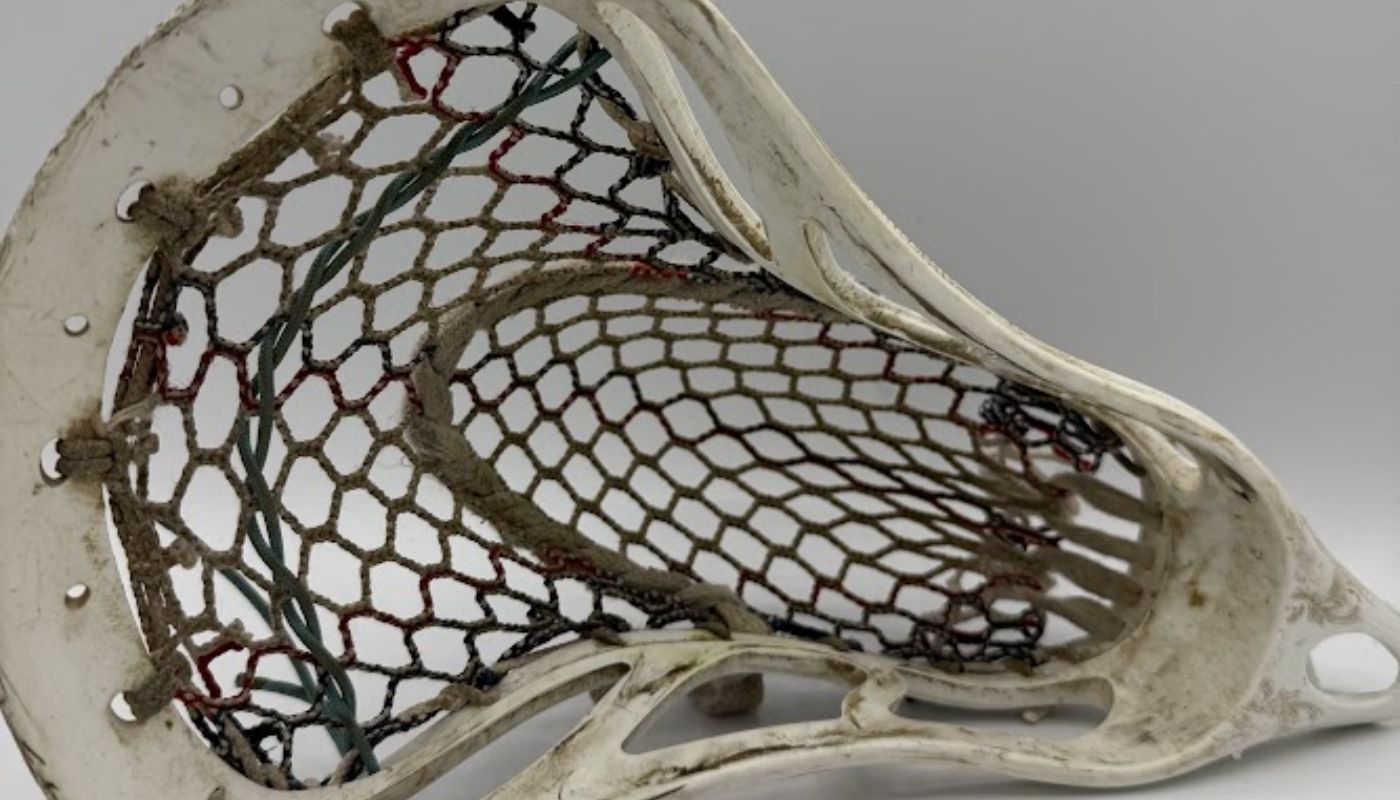“Why does my lacrosse stick feel off?” It’s a common question from youth players frustrated by missed passes or shots that just don’t feel right. Parents often ask whether their kid’s gear is still game-ready, especially when they complain of lacrosse stick performance issues. The answer often lies in the pocket. Your lacrosse pocket plays a critical role in how you throw, catch, and cradle—and when it starts to break down, your game suffers.
While this post focuses on physical gear, research also shows that psychological pressure—whether from coaches, teammates, or self-imposed expectations—can significantly affect performance during both matches and practices (ScienceDirect). When your equipment isn’t reliable, it can amplify that pressure.
Whether you’re a DIY stringer or relying on a pro, we will tell you how to know if your lacrosse pocket is bad. Let’s walk through the signs that your pocket might be holding you back, and what to do about it.
Table of Contents
Why Pocket Performance Matters
What does a lacrosse pocket actually do? It’s more than just mesh and strings—it’s the engine behind your stick’s performance. The tension in your sidewalls, the placement of your shooters, and the type of mesh you use all affect ball control, release speed, and consistency. Over time, mesh stretches, knots loosen, and tension fades. For youth players still developing their mechanics, a worn-out pocket can lead to bad habits and missed opportunities.
If you’re new to stringing or want a deeper understanding of how pockets work, check out this breakdown of lacrosse pocket types. It’s a great primer for men’s lacrosse players, women’s lacrosse players, and parents alike.
When to Restring a Lacrosse Stick
Even the best pockets wear down over time. Whether it’s stretched mesh, loose shooters, or a channel that’s lost its shape, small changes in your stringing setup can lead to big problems on the field. If your stick isn’t performing the way it used to—or if you’re noticing subtle issues with control, release, or consistency—it might be time for a refresh.

Here are seven clear signs your lacrosse pocket needs replacing—because it’s no longer doing its job and could be holding you back.
1. Bagging Out
If your mesh sags too low—especially after rain or turf play—you’ll notice the ball sitting deep and releasing late. This “baggy” feel kills consistency and can throw off your timing. It’s a clear sign your mesh has stretched beyond its useful life.
2. Loose Shooters or Sidewalls
Frayed strings or slipping knots mean your pocket isn’t holding its shape. Loose sidewalls widen your channel, while slack shooters mess with your release point. If your throws feel unpredictable, it’s time to inspect your stringing setup.
3. Inconsistent Throws or Passes
One day your stick throws high, the next it dies low. Uneven mesh tension or worn strings can cause erratic release points. If you’re struggling with this, read why your lacrosse stick might be throwing down or why it might be throwing high. Both articles offer practical fixes and help diagnose the root cause.
4. Ball Rattling in the Pocket
While some players prefer a bit of ball rattle for feel, excessive rattling usually signals poor channel definition or mesh breakdown. It’s like driving with loose steering—hard to control and easy to lose. When a pocket loses its structure, it can’t deliver consistent performance.
5. Difficulty Cradling or One-Handed Play
If the ball slips out during cradling or one-handed dodges, your pocket may be too shallow or stretched out. This is especially common with older mesh. A deeper, well-formed pocket can restore confidence and control.
6. Visual Wear and Tear
Discolored mesh, frayed strings, and stretched knots aren’t just cosmetic—they’re signs your pocket’s integrity is compromised. If it looks tired, it probably plays tired too.
7. Change in Position or Play Style
Switching from midfield to attack? You might need a tighter channel or more hold. Your pocket should evolve with your game. If you’re unsure how to adjust your setup, here’s a helpful guide on how to tweak your lacrosse pocket for better performance.
How Often Should You Restring a Lacrosse Stick?
For most youth players, once per season is a solid baseline for a lacrosse mesh maintenance schedule. If you play year-round or in wet conditions, consider restringing more often. Turf, rain, and heavy use all accelerate wear. Think of it like tuning a guitar—regular maintenance keeps your game sharp and your stick responsive.
If you’re looking for fresh mesh or stringing supplies, browse Stringers Society’s curated collection of strings and mesh. It’s a great place to find reliable gear for all budgets.
DIY vs Professional Lacrosse Stringing Services
Stringing your own stick builds skill and confidence—but it takes practice. If you’re unsure about tension, channel shape, or shooter setup, a professional stringer can save you time and frustration. For a deeper dive into techniques, materials, and stringing styles, explore Stringers Society’s lacrosse stringing hub. It’s packed with tutorials and insights for every level.
I also offer consultations and custom stringing for youth players who want performance without the guesswork. Whether you’re upgrading gear or troubleshooting a stubborn pocket, I’m here to help.
Final Thoughts on When to Restring a Lacrosse Stick
Your pocket should work for you—not against you. If you’re seeing any of these signs, it might be time for a refresh. A well-strung stick boosts confidence, improves consistency, and helps players develop the right habits early.
Not sure if your pocket’s holding you back? Send me a photo or drop by for a quick lacrosse pocket evaluation —I’ll help you decide whether it’s a tweak or a full restring.

